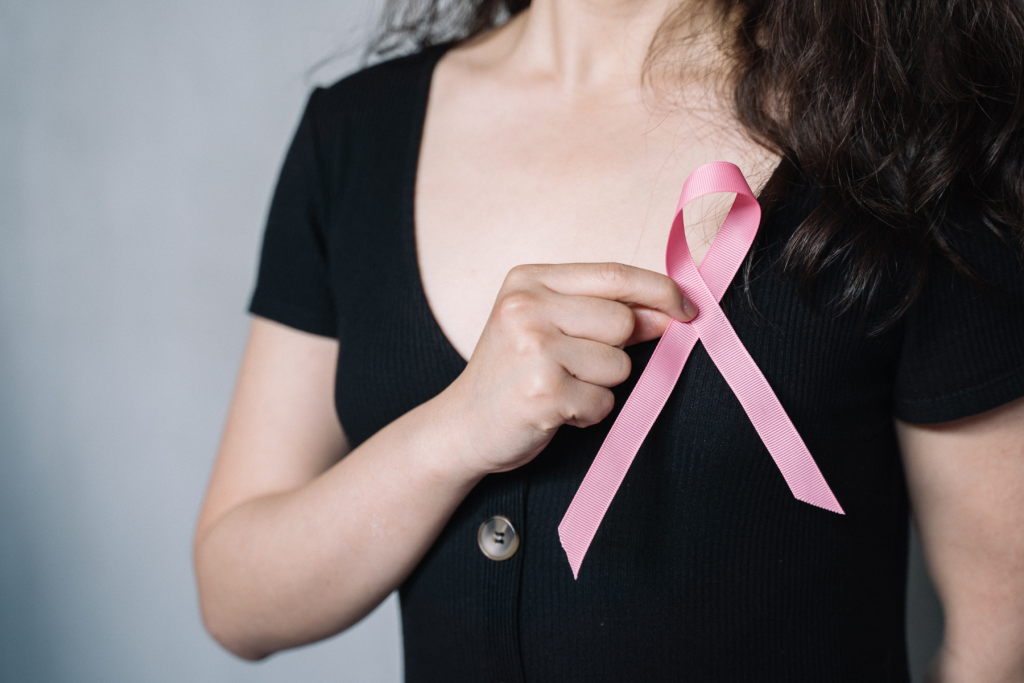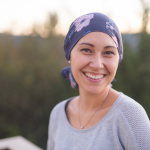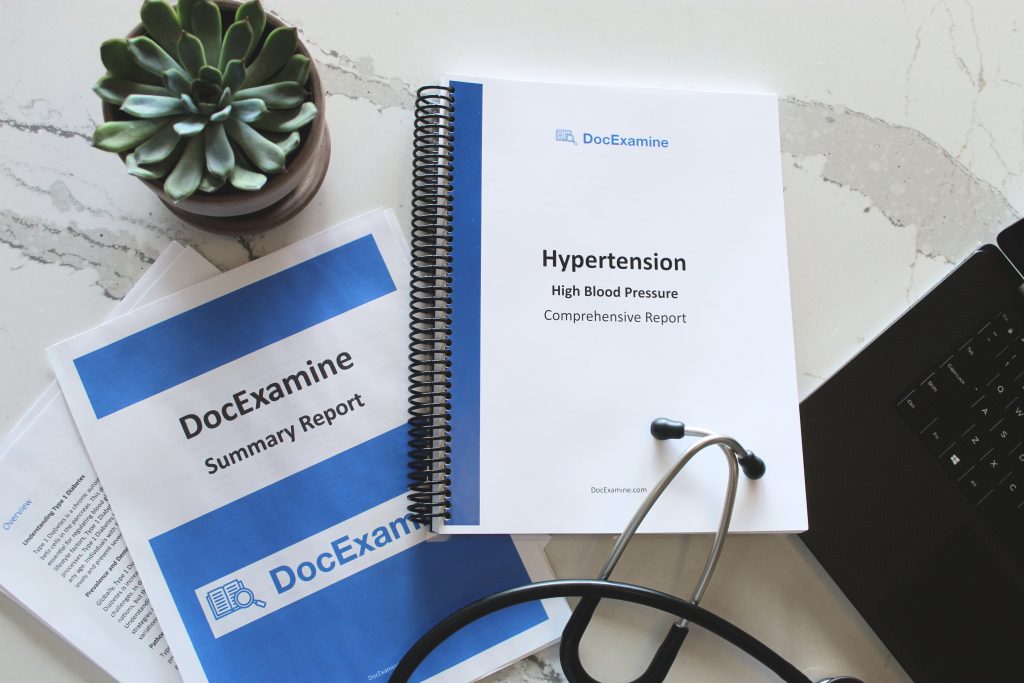
Breast cancer remains a major health challenge, and staying informed about its many aspects is crucial. Many women might be surprised to learn that the disease can affect younger age groups and that early detection dramatically boosts survival rates. Factors like family history and dense breast tissue add layers of complexity to risk assessments, underscoring the importance of personalized screening and proactive healthcare.
1. Breast Cancer Affects More Than Just Older Women
It’s common to associate breast cancer with older age, but it’s important to recognize that women of all ages can be affected. Although the median age at diagnosis is around 62, research shows that younger women can and do develop breast cancer—sometimes in more aggressive forms. Staying informed and participating in routine screening, regardless of age, can help with early detection and treatment.
2. Early Detection Boosts Survival Rates Remarkably
One of the most encouraging facts is that when breast cancer is caught early, the five-year survival rate can reach as high as 99%. Regular screenings, such as mammograms, play a crucial role in identifying cancer when it is small and most treatable. Early detection not only improves treatment outcomes but also offers a broader range of therapeutic options, underlining the importance of keeping up with recommended screenings.
3. Family History Increases Risk, But Most Cases Occur Without It
Having a family history of breast cancer is a well-known risk factor, and women with a first-degree relative who has been diagnosed with the disease do face an elevated risk. However, it is noteworthy that the majority of breast cancer cases occur in women without any family history. This fact highlights that while genetics are important, many other factors—including lifestyle and environmental influences—play significant roles in the development of breast cancer.
4. Dense Breast Tissue Can Mask Tumors on Mammograms
Dense breast tissue is a lesser-known risk factor that not only increases the likelihood of developing breast cancer but also makes it more challenging to detect on standard mammograms. Because both dense tissue and tumors appear white on an X-ray, small tumors can be hidden within dense areas. Knowing your breast density is essential because it may prompt additional screening methods, such as ultrasound or MRI, to ensure that any abnormalities are detected early.
5. Declining Mortality Rates Remain a Bright Spot Amid Challenges
Thanks to advances in screening, early detection, and treatment, mortality rates from breast cancer have dropped significantly over the past few decades. Despite this progress, breast cancer remains the most commonly diagnosed cancer in women (excluding skin cancers) and is still a leading cause of cancer-related death. These statistics underscore the continuing importance of regular screenings and healthy lifestyle choices, even as treatment outcomes improve.

Conclusion
By understanding these five surprising facts, you can better appreciate the complexities of breast cancer and the value of proactive healthcare. Whether you are managing your own risk or supporting someone else, staying informed, keeping up with regular screenings, and discussing any concerns with your healthcare provider are key steps in protecting your health. Remember, knowledge and early action are powerful tools in the fight against breast cancer.
Learn More About Breast Cancer
- Spotting the Earliest Signs: Your Essential Guide to Breast Cancer Symptoms

- Innovations in Early Detection: How New Technologies Are Transforming Breast Cancer Screening

- Healing Beyond the Physical: Addressing Body Image and Mental Health After Breast Cancer

Sources
American Cancer Society, “Key Statistics for Breast Cancer” – cancer.org
National Institutes of Health, “Breast Cancer—Epidemiology, Risk Factors, Classification, Prognostic Markers, and Current Treatment Strategies—An Updated Review” – pmc.ncbi.nlm.nih.gov
PMC article, “Mammographic Breast Density and the Risk of Breast Cancer” – pmc.ncbi.nlm.nih.gov
Breast Cancer Research Foundation, “BCRF-Supported Study Shows Correlation Between Family History and Breast Density” – bcrf.org


